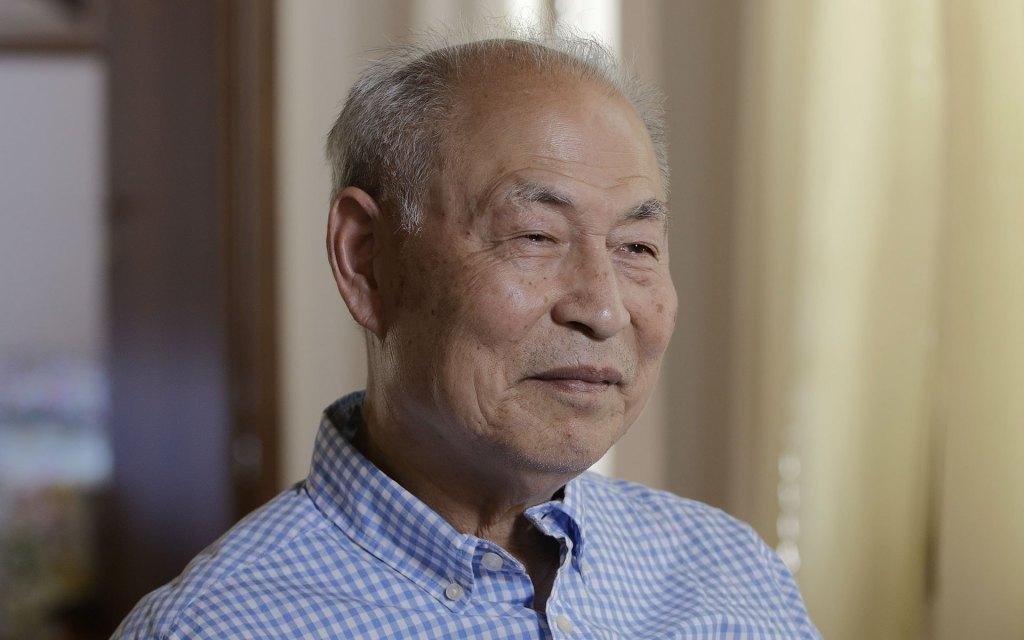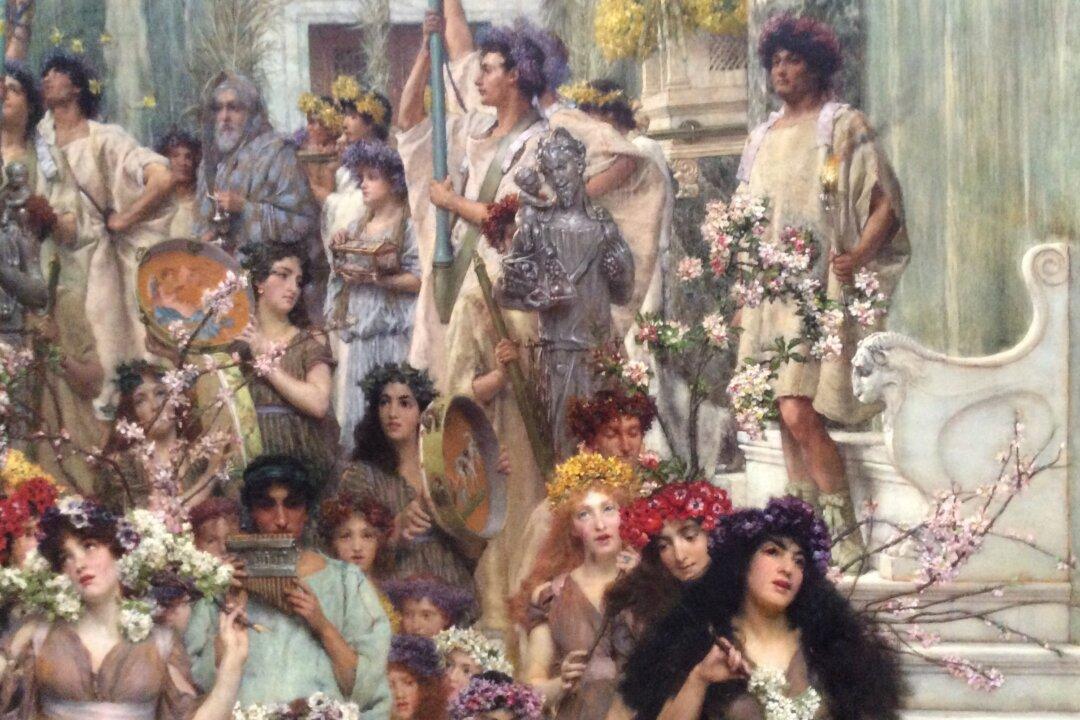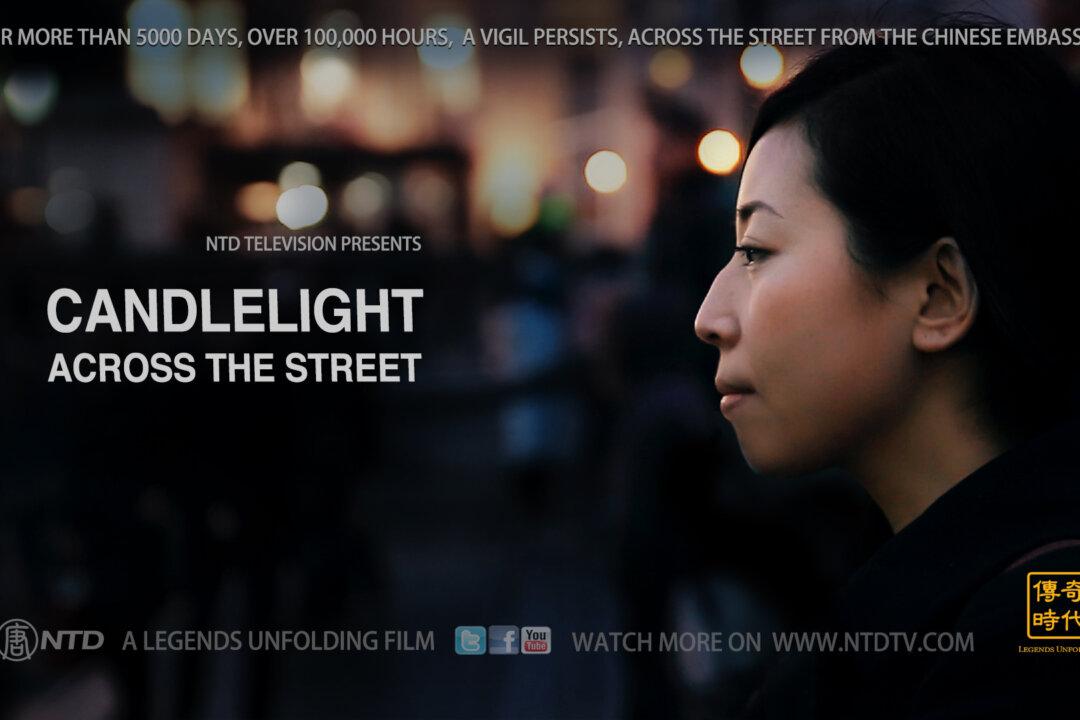Professor Zhang Kunlun is one of China’s most accomplished sculptors. As the recipient of many awards, Zhang was once the director of the Sculpture Institute of the Shandong Art Institute, as well as director of its Sculpture Research Institute. He also created some of China’s largest monuments.
Yet at the peak of his career, the renowned artist became a victim of the persecution of Falun Gong in China. The recognition and respect he received from Chinese officials ended abruptly when he stood up for his freedom of belief. Zhang was detained in China four times, beaten, and tortured for practicing the peaceful meditation practice. Just like that, the once renowned artist was treated like a criminal.





